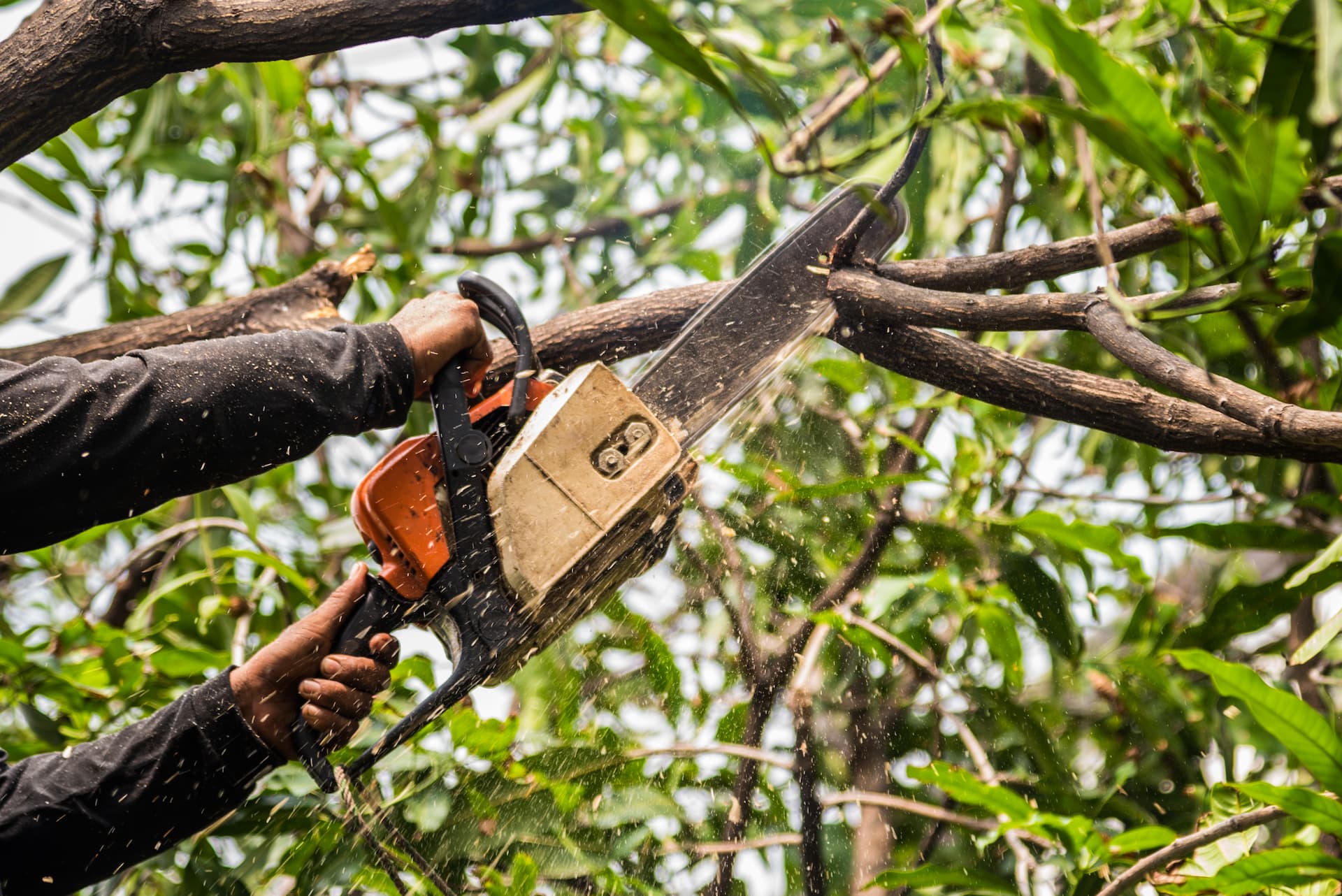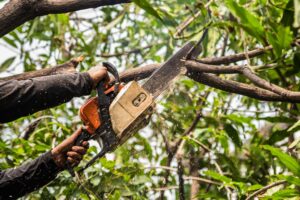Maintaining trees on your property can be both rewarding and challenging. This guide will help you understand the best times and methods to care for native trees in North Devon, along with tips for avoiding common mistakes and when to call a professional tree surgeon.
Common Native Trees To North Devon
North Devon is home to a variety of native trees that play an important role in supporting the local ecosystem. These trees not only provide habitats for wildlife but also help stabilise soil, regulate water, and add natural beauty to the landscape. Here are three common trees native to the region, with details on their characteristics and care needs.
Alder (Alnus Glutinosa)
Height: Typically grows to 20–30 metres.
Flowering Time: Produces catkins in early spring (February to March).
Preferred Soil: Thrives in wet, poorly drained, or waterlogged soils.
Water Requirements: High; prefers moist or flooded conditions and often grows near rivers or wetlands.
Nutrient Profile: Fixes nitrogen in the soil, improving fertility and supporting the growth of nearby plants.
Notable Features: Alder is a fast-growing tree with dark, fissured bark and small, cone-like fruits. It provides excellent habitat for birds and insects and is often used to prevent soil erosion near waterways.

Hazel (Corylus Avellana)
Height: Reaches 3–8 metres as a multi-stemmed shrub or small tree.
Flowering Time: Produces yellow catkins (known as lamb’s tails) from January to March.
Preferred Soil: Grows best in well-drained, fertile soils but is adaptable to a variety of soil types.
Water Requirements: Moderate; prefers moist soil but can tolerate some dryness.
Nutrient Profile: Benefits from compost or organic mulch to retain moisture and nutrients.
Notable Features: Hazel is widely known for its twisting branches and edible nuts, which ripen in autumn. It is often coppiced to produce straight poles for fencing or crafts. It provides essential food and shelter for wildlife such as dormice and butterflies.
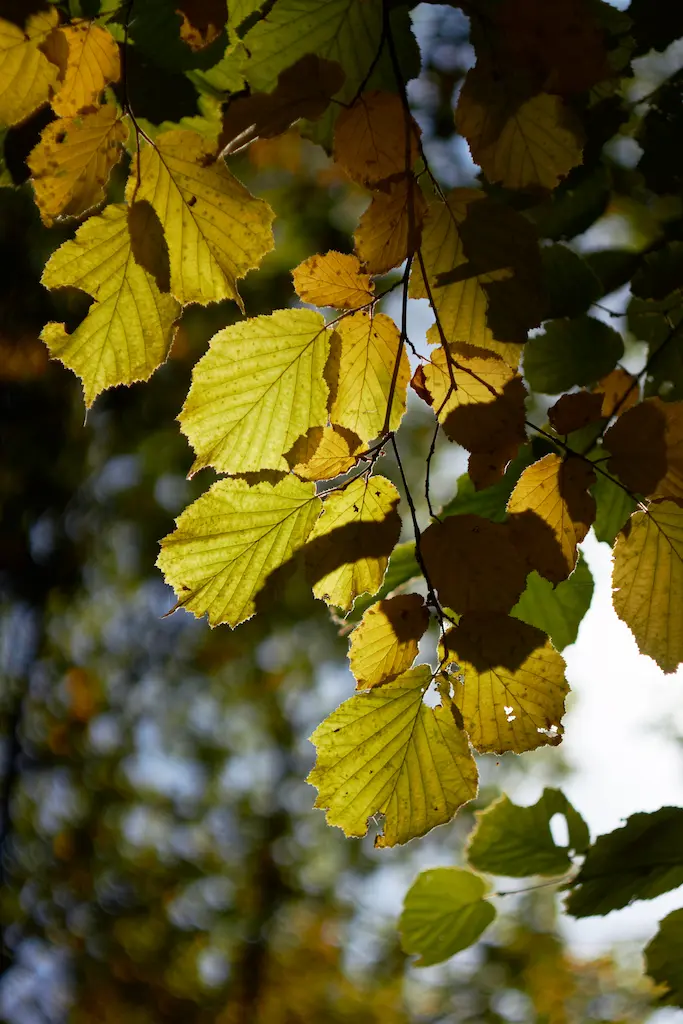
Blackthorn (Prunus Spinosa)
Height: Grows to around 3–6 metres, typically as a dense, shrubby tree.
Flowering Time: Blooms with small white flowers in March and April.
Preferred Soil: Tolerates a wide range of soils, including clay and chalk, but prefers well-drained ground.
Water Requirements: Low to moderate; drought-tolerant once established.
Nutrient Profile: Benefits from slightly alkaline soils but does not require heavy fertilisation.
Notable Features: Blackthorn has thorny branches and produces dark blue sloes in autumn, commonly used for making sloe gin. It’s an excellent choice for wildlife-friendly hedges, providing nesting sites for birds and flowers that attract pollinators.
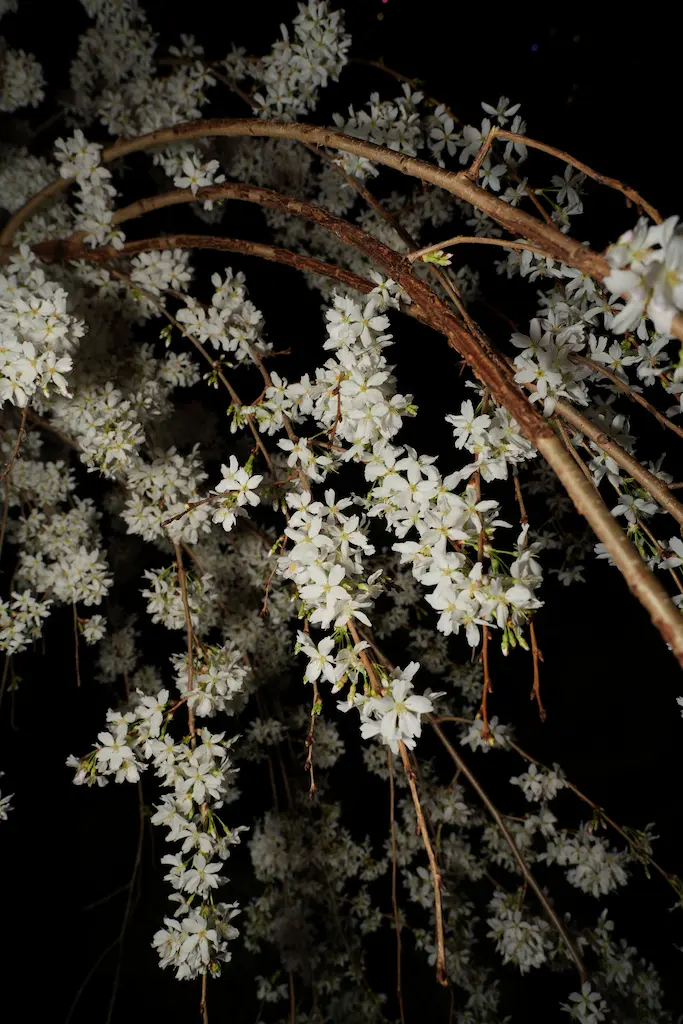
When & How To Trim Native Trees
Pruning helps keep your trees healthy and encourages new growth. Knowing the right time and technique is key to maintaining their natural shape and strength.
Best Times To Prune
- Alder: Late autumn or winter, when the tree is dormant.
- Hazel: Late winter, just before spring growth starts.
- Blackthorn: Early summer, after flowering but before fruiting.
Tips For Pruning
- Use clean, sharp tools to make neat cuts.
- Remove dead, damaged, or overcrowded branches.
- Avoid over-pruning, as this can weaken the tree.
- For Hazel, coppicing (cutting the tree to near ground level) every few years encourages strong, straight shoots.
Setting Your Trees Up For Success
Planting native trees can add character to your property and benefit the local environment. Here’s how to get it right.
Choosing The Right Spot
- Alder: Prefers damp soils and thrives near water.
- Hazel: Does well in well-drained soils and partial shade.
- Blackthorn: Grows in most soil types and is ideal for hedges.
Planting Tips
- Dig a hole twice as wide as the root ball but no deeper than the roots.
- Water the tree well after planting and add mulch to retain moisture.
- Use stakes for support, especially in windy areas.
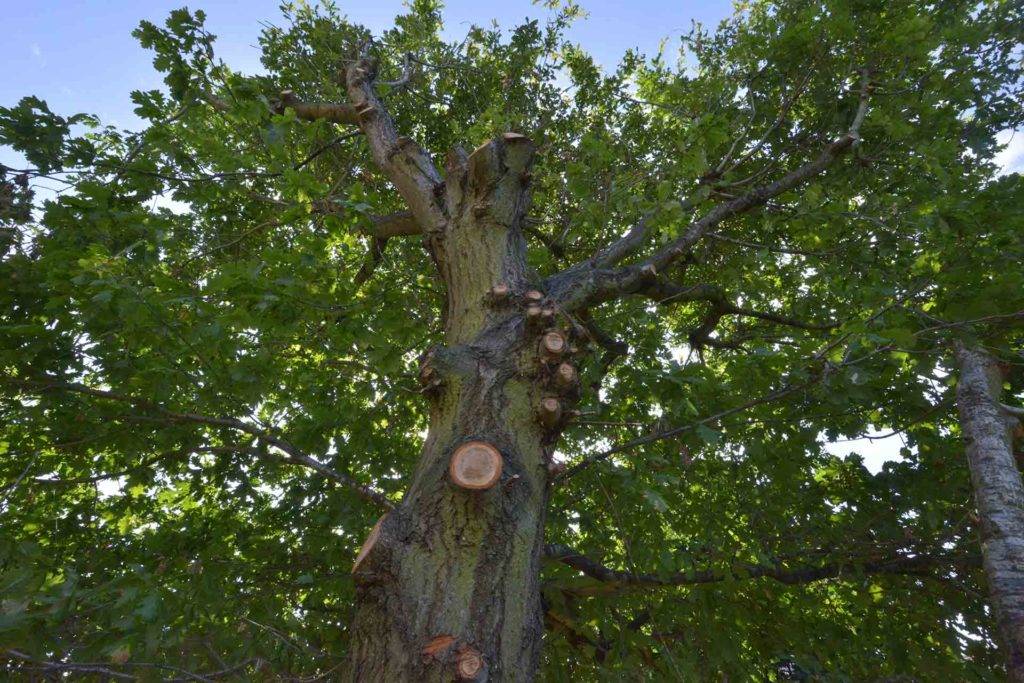
Seasonal Changes & Tree Care
Seasonal changes affect tree care, so it’s important to adapt your approach throughout the year.
Spring & Summer
- Watch for pests and diseases like aphids or fungal infections.
- Water newly planted trees regularly, especially during dry spells.
Autumn & Winter
- Collect fallen leaves and compost them for use in the garden.
- Prune trees during their dormant period.
- Protect young trees from frost with a layer of mulch or fleece.
Mistakes To Avoid With Native Trees
Avoid these common issues to ensure your trees stay healthy and strong.
- Pruning At The Wrong Time
- Overwatering
- Ignoring Signs Of Disease
Sustainable Tree Care
Caring for native trees doesn’t just help your property—it helps the planet too.
- Compost pruned branches and leaves rather than burning them.
- Use natural fertilisers like compost or well-rotted manure.
- Plant additional native trees to create wildlife corridors.
Call CC Tree Services For Professional Tree Surgery
Whether you need help with pruning, planting, or removing a native tree, CC Tree Services is here to help. Contact our friendly team for expert advice and services to keep your trees in great shape.

